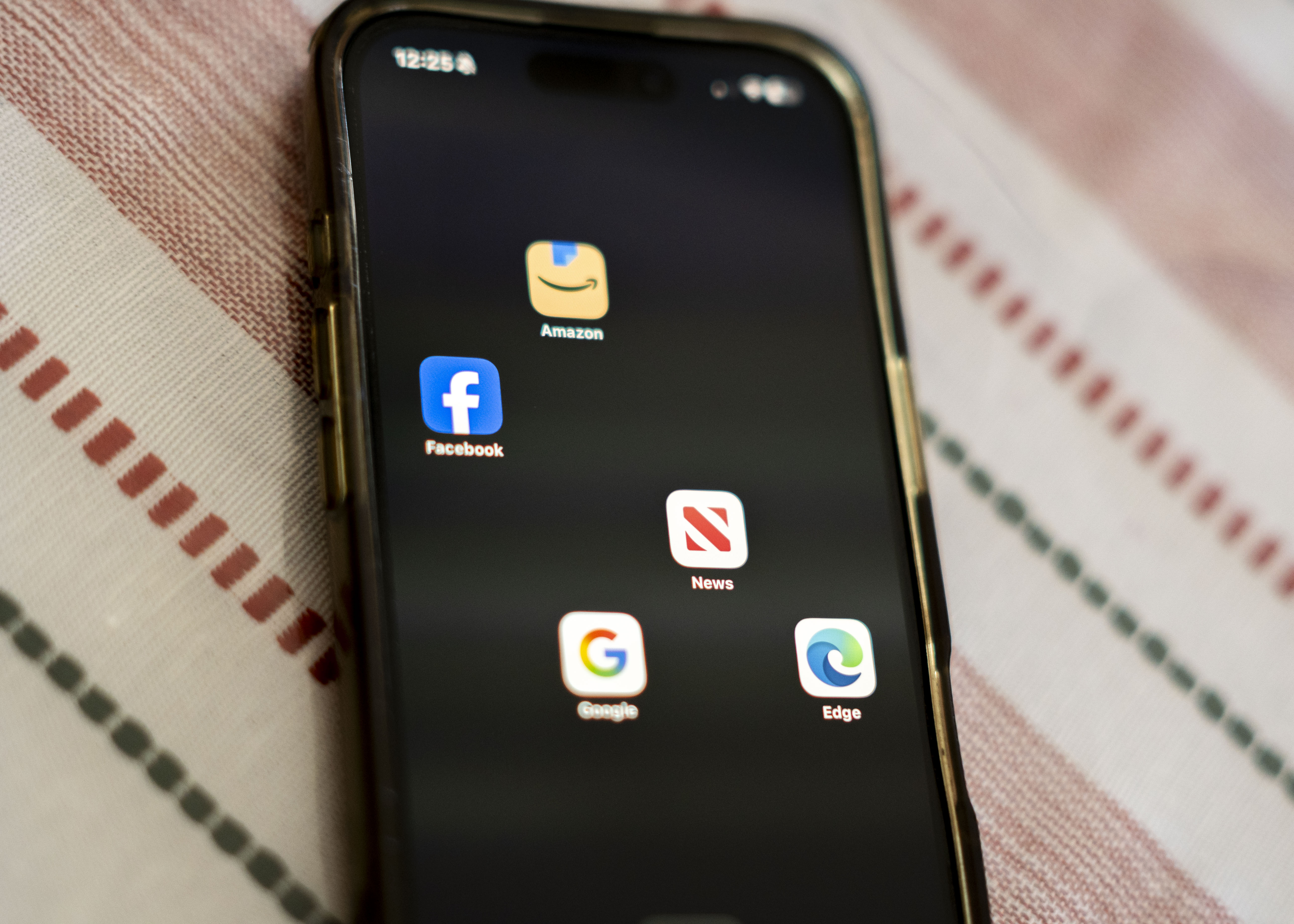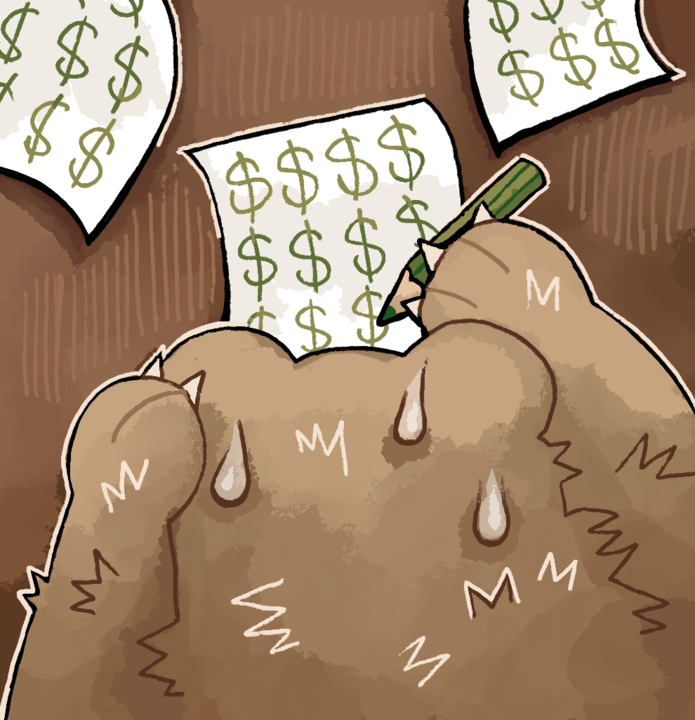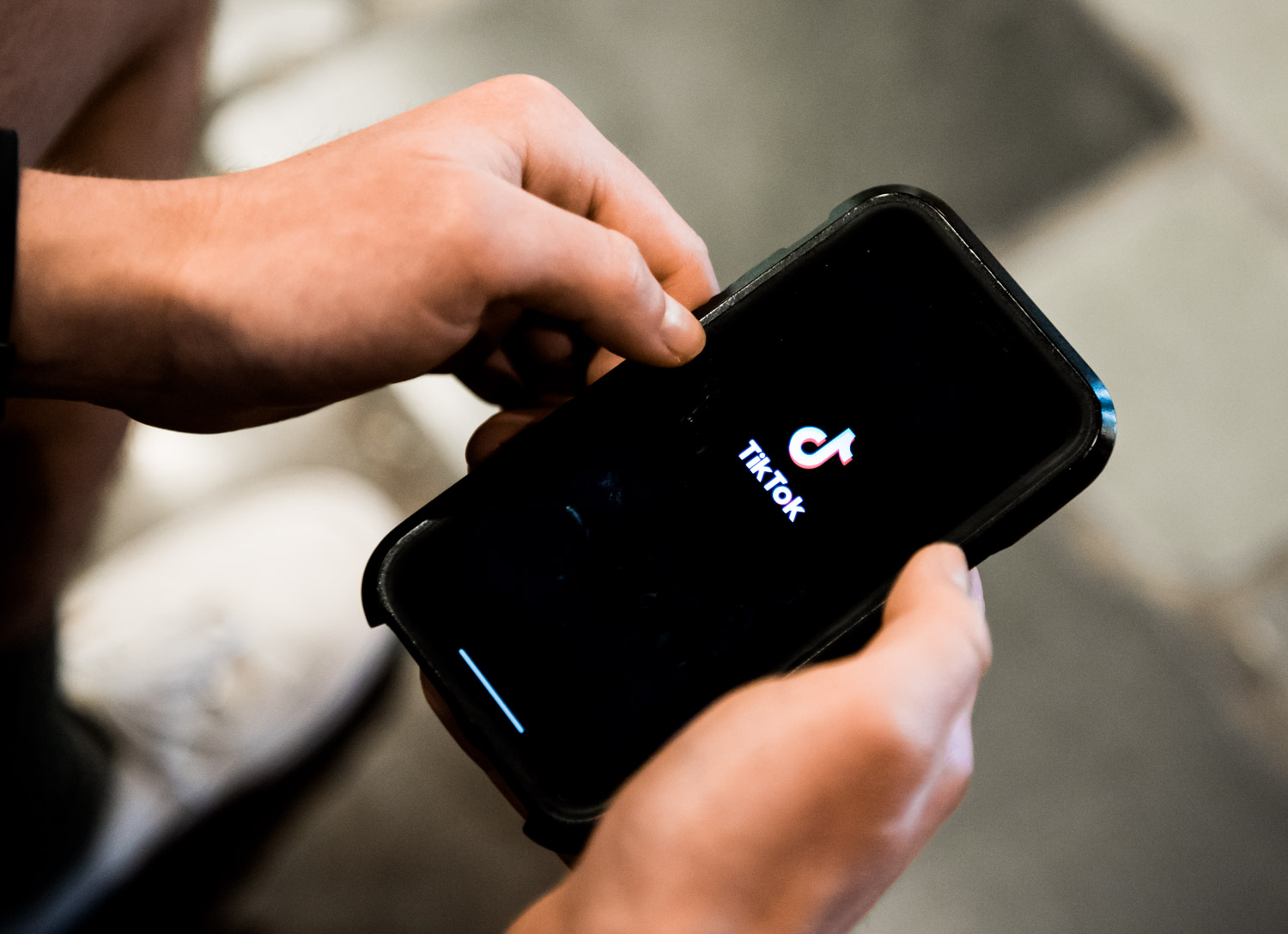How political battles over ever-growing American tech sector impact Bruins

An iPhone’s home screen is pictured. The growing power of tech companies raises questions about how they should be better regulated. (Andrew Ramiro Diaz/Photo editor)
By Ali Muldoon
July 7, 2025 9:41 p.m.
Technology is deeply intertwined in Bruins’ lives, from everyday social media usage to future career plans.
The technology industry contributed $2 trillion to the American economy in 2024, 9% of the nation’s economic output, according to the James Madison Institute. The industry’s economic power is fueled by billions of users, with 92% of undergraduate college students in the U.S. using technology products such as cell phones and laptops, according to Pew Research Center.
In addition to selling popular tech products to students, these companies have also become attractive employers for many Bruins. LinkedIn data from the last two decades shows that Google, Amazon, and Apple have been the three most popular companies for UCLA grads go on to work for.
The industry’s influence now extends beyond consumers, playing a significant role in shaping legislation and regulatory agendas, according to policy journal Policy and Society. In his current term, President Donald Trump invited tech executives to sit close to the First Family at his inauguration and appointed electrical vehicle maker Tesla’s CEO Elon Musk to run the newly created Department of Government Efficiency, a position Musk has now left.
A 2021 Pew Research Center study found that more than half of all Americans think technology companies should be regulated more closely. Alex Alben, a lecturer at the UCLA School of Law and former senior executive at software companies RealNetworks and Starwave Corporation, said recent presidential administrations have taken different approaches to regulating tech, with some being more proactive than others.
“It’s important to know what your values and your long term objectives are when you create policy. A policy toward technology would be to continue to promote innovation,” Alben said. “Because that promotes American leadership in the most critical industry, which is telecommunications and digital media.”
The transition from the telephone age to the internet age was marked by then-President Bill Clinton’s signing of the Telecommunications Act of 1996, an effort to expand access and promote competition in the new digital world.
Technology’s rapid expansion in the early 2000s led the Federal Communications Commission to classify internet access as an “information service” rather than a “telecommunication service” to spur investment and innovation. The classification allowed internet providers to set their own pricing and manage the flow of data on people’s devices because the FCC does not regulate information services as tightly as telecommunications services.
In the early 2000s, concerns about equal access to online content became prominent for internet regulation. These concerns led to the FCC prohibiting internet service providers from blocking or prioritizing certain websites or services over others, a move aimed at ensuring all internet content was treated equally, according to the FCC.
As the industry continued developing and smartphone ownership more than doubled from 2011 to 2021, the rising dominance of technology companies prompted more regulations to prevent monopolistic behavior and to protect consumers. The Biden administration prioritized keeping a close watch on the rapid expansion of these large information technology companies, chiefly Google, Amazon, Apple, Meta and Microsoft, according to ABC News.
Alben said the first Trump administration and the Biden administration marked a shift in the use of antitrust laws as a form of regulation.
“We began to see a new movement about using antitrust policy as a tool to regulate the behavior of social media companies, and this was particularly true with regard to their content moderation strategies,” he said.
For example, the Biden administration took action through a series of lawsuits against large technology companies. In March 2024, the Justice Department filed a high-profile case against Apple, claiming that the company limits competition, unfairly controls app distribution and forces consumers to take on higher prices.
Mark McKenna, a UCLA school of law vice dean and faculty co-director of its Institute for Technology, Law and Policy, said both Democrats and Republicans have become concerned with the concentration of power in major social media platforms over recent years.
Recently, in Trump’s second term, his administration mirrored its predecessors’ approach to cracking down on monopolistic behaviors from tech companies. The administration sued Meta in April over antitrust concerns that its purchase of Instagram and WhatsApp in 2012 and 2014 were part of an effort to eliminate competition and dominate the social media market, according to NPR.
McKenna added that the rise of artificial intelligence over the past few years has prompted new questions for regulators tasked with overseeing these emerging technologies. In 2023, Biden signed Executive Order 14110 to enforce strict testing protocols on AI systems, as well as enacting accountability and transparency measures.
However, the Trump administration criticized Biden’s executive order as overly restrictive, claiming it created obstacles for companies developing AI, which could hinder American technological leadership. In its place, Trump signed a new executive order aimed at promoting AI development by creating action plans led by officials from executive departments and government agencies to support AI development at the federal level.
Despite Trump’s stance on promoting technological advancement, his other political agendas may conflict with his goals of removing barriers to American leadership in technology innovation.
The Trump administration’s immigration crackdown targeting non-U.S. citizens may influence future recruitment in U.S. STEM sectors. According to the National Science Foundation, as of 2021, 19% of all STEM employees were born outside the U.S., and 32% of computer and mathematical scientists were working in the U.S. on temporary visas, indicating a significant presence of international workers in the industry.
Lucas Tecot, a doctoral student and researcher in the UCLA Computational Machine Learning Lab – a group focused on making artificial intelligence algorithms more efficient – said the vast majority of his colleagues are not American citizens.
“If there’s issues with them being in the country, I’m out of a job,” Tecot said of his non-citizen colleagues.
McKenna said freezing and reducing funding for the National Science Foundation can have long-term effects on the innovation of AI research in the U.S. The NSF supports upwards of 350,000 researchers and students and invests over $700 million in AI research every year. These effects may be felt at institutions such as UCLA, which receives millions of dollars in grants and fellowships from NSF.
Whether hoping to work in technology or using it everyday, Bruins lives are deeply and inevitably intertwined with modern technology. With technology continuing to evolve, Alben said its growth will create demand for skilled professionals across a range of fields, including marketing, law and data science.
“If you look at the companies that have been growing the fastest over the last 10 years, they’re virtually all technology companies in the United States, and AI is going to continue to be a huge driver of growth,” Alben said.





